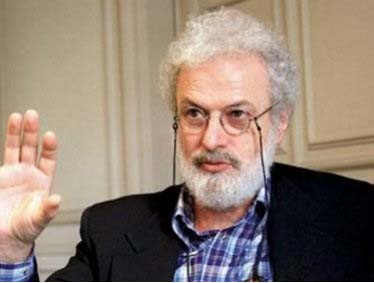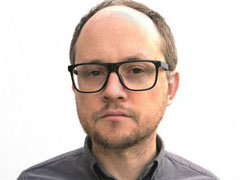In the interview, the landscape architect Sam Williams argues that one of the greatest challenges in city design is dealing with the relationship of public space and children
Sam Williams took part with Francesco Tonucci in the Play and City programme, which was organised by the Barcelona City Council and held at the CCCB. A landscape architect specialising in public spaces designed for children with the aim of turning cities into places that are amenable to play, he is co-author of the report “Cities Alive: Designing for Urban Childhoods”.
In the interview, Sam Williams argues that one of the greatest challenges in city design is dealing with the relationship of public space and children. His experience leads him to believe that, in every project of urban intervention, it is necessary to ask what would be best for the youngest citizens. In the face of resistance by adults to changes making it possible to gain public space or favouring forms of mobility other than the private car, actions aimed at transforming places into areas that are suitable for playing, where children can enjoy themselves and feel safe, are decisive for gathering support for moving towards a more sustainable city.
Often, this is not a matter of sweeping programmes. In dense cities with little available space, small actions like widening pavements in pedestrian areas on the sunny side of a thoroughfare can have a major impact in improving public life.
When asked about his favourite public space, Sam Williams returns to a childhood place, a small patch of grass of no more than three square metres on a corner near his parents’ home. Then, for him, it was an enormous field. He recalls how, in the middle of this patch of grass, he played different games with a signpost bearing the name of the street. This memory has now become a lesson about the elements that should always be present in good public space design. In particular, they should be green, open to the public, and close to home.




